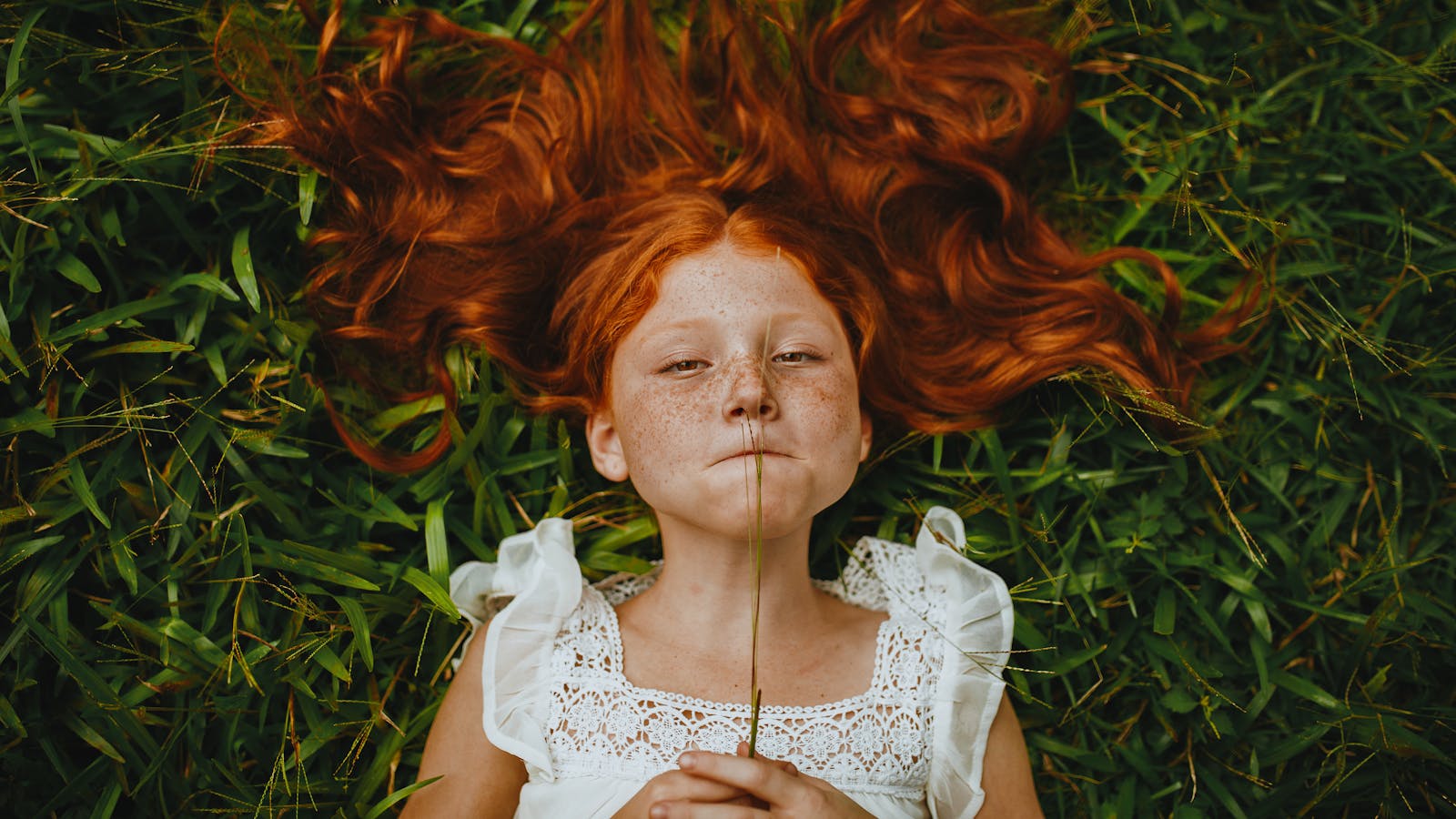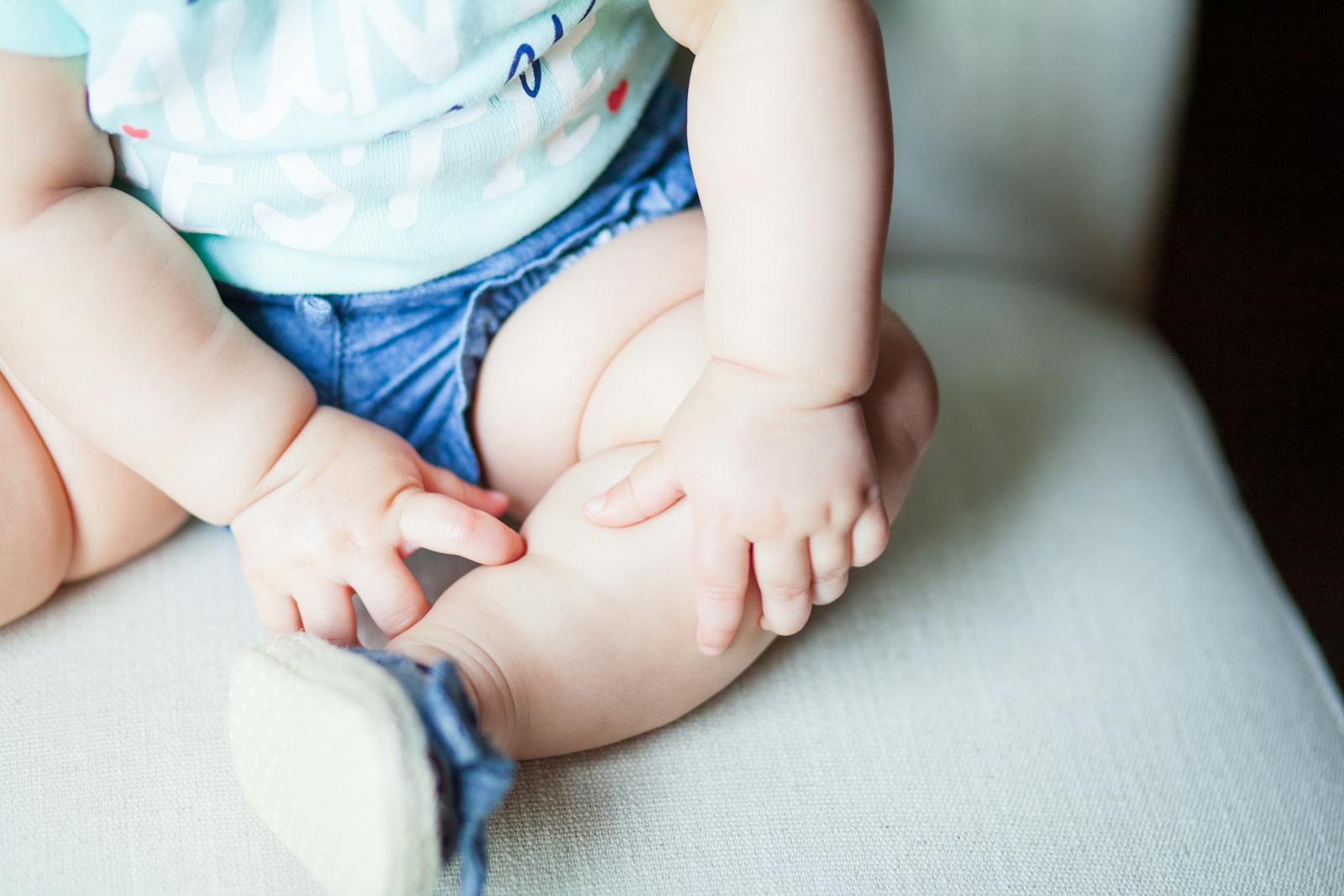A New Trend with Old Consequences
Walk into any salon today, and you might see a worrying sight: children as young as nine having their hair chemically straightened or relaxed. Once reserved for adults chasing sleek looks, these treatments have become part of a disturbing trend where kids are encouraged to adopt adult beauty routines long before their bodies—or minds—are ready.
Parents often believe they’re doing something harmless, maybe even helping their child feel more confident. But dermatologists and psychologists agree: chemical hair treatments can cause lasting harm to both the scalp and the child’s developing sense of identity.
Children’s Hair Isn’t Ready for Chemicals
Hair in childhood has a different biological structure from that of adults. The protective layers surrounding the strands—the cuticle and natural lipid coating—are still forming. These layers act like armor, shielding the hair from external damage and maintaining moisture. When harsh chemicals like relaxers, straightening creams, or keratin-based formulas are applied, they strip away that protective barrier.
Without it, hair becomes dry, brittle, and more likely to break. Worse, the scalp itself—thin, sensitive, and highly vascularized—can suffer burns, inflammation, or even chronic skin conditions such as psoriasis when exposed to aggressive formulations. Some children experience open wounds, intense itching, or pain after a single session.
And unlike adults, kids’ hair and skin recover more slowly from such trauma, making every “beauty fix” a potential medical issue.
A Cultural Push Toward Adult Aesthetics
The rise in childhood hair treatments isn’t happening in isolation. Beauty marketing now targets younger audiences than ever, showing them that smooth, straight, “manageable” hair equals confidence and attractiveness. Salons reinforce this idea, presenting these services as small luxuries—a rite of passage into adolescence.
But there’s a deeper, less visible cost. Around ages nine to thirteen, children go through a crucial period of identity formation. Psychologists note that it’s during these years that self-image and individuality begin to solidify. Encouraging a child to chemically alter their natural hair—especially to conform to social beauty standards—can erode that developing sense of self.
The message is subtle but powerful: “Your natural look isn’t good enough.” Over time, that can shape how the child perceives their body, culture, and worth.
When Fashion Becomes a Psychological Burden
Some stylists argue that smoothing a child’s curls can “make life easier” by reducing frizz or volume. Yet the trade-off often goes beyond damaged hair. A child who learns that straight hair earns more compliments or social acceptance may start to associate beauty with conformity rather than self-expression.
This dynamic can lead to what specialists call a “loss of identity,” where personal style becomes a reflection of external validation instead of inner confidence. The irony is that the very treatments meant to boost self-esteem may end up undermining it.
Physical Reactions and Long-Term Effects
The health consequences are more than cosmetic. Chemical relaxers and straighteners typically contain ingredients like formaldehyde derivatives, ammonium thioglycolate, or guanidine hydroxide—substances that can irritate or even burn the scalp.
On children, these chemicals act more aggressively. Reactions range from redness and peeling to painful lesions and inflammation. In some cases, they trigger allergic responses or exacerbate pre-existing skin conditions. Once the hair’s internal bonds are broken by these agents, the structure can’t fully recover. The result: dullness, breakage, and chronic fragility.
Treatment for chemically damaged pediatric hair is slow and often frustrating. It requires months of gentle care, specialized shampoos, and regular hydration masks—an exhausting process for both parent and child.
Safer Alternatives That Respect Childhood
If a child is insistent on “changing their hair,” experts recommend that parents steer toward non-chemical approaches. Strategic haircuts can reduce bulk and create the illusion of smoother texture. Deep moisturizing creams or leave-in conditioners can help control frizz by weighing the hair slightly without altering its structure.
More importantly, parents should frame hair care as a matter of health and self-respect rather than appearance. Teaching a child to appreciate their natural hair texture builds patience and self-acceptance—skills that will outlast any temporary styling trend.
Suggestion: If you’re unsure how to manage your child’s curls, seek out a stylist trained in natural hair care rather than chemical treatment. These professionals can offer techniques that preserve texture while improving manageability.
Growing Up Naturally
Childhood shouldn’t be a dress rehearsal for adulthood. Every generation will have its own beauty ideals, but rushing kids into grown-up treatments deprives them of the freedom to explore who they are naturally. Their time will come—and by then, new products will exist, perhaps gentler ones that don’t compromise health or authenticity.
Until then, it’s worth reminding them—and ourselves—that there’s strength and beauty in patience. The hair that frustrates today may be the one that defines their confidence tomorrow.




